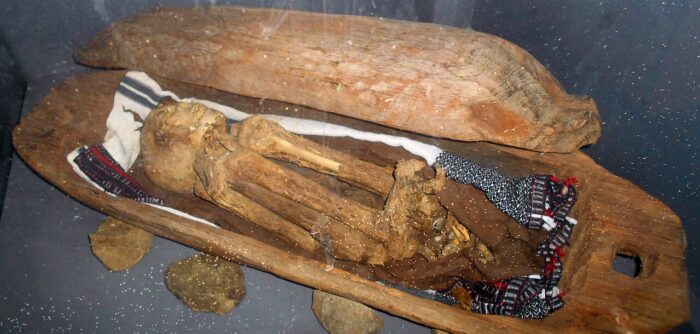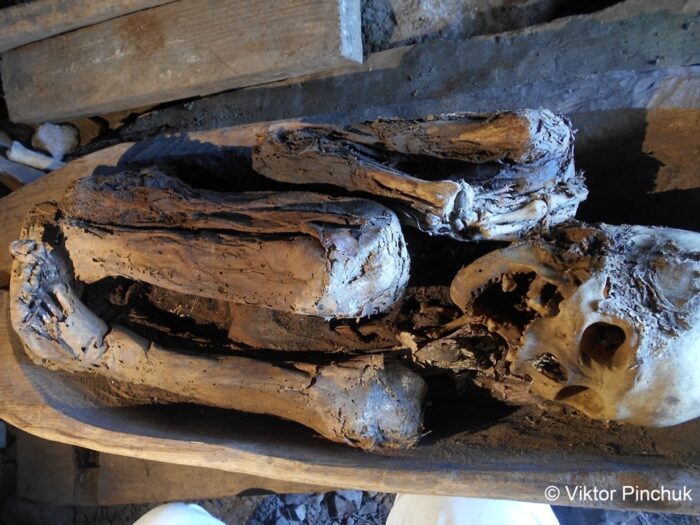The Fascinating Fire Mummies of the Philippines
Buried in the mountains of Kabayan, Benguet lies a mysterious secret – the Fire Mummies of the Philippines. These ancient mummies, believed to have been created as early as 2000 BCE, are a true testament to the ingenuity of our ancestors. With 200 man-made burial caves, 15 of which contain perfectly preserved human mummies, Kabayan is a must-see destination for anyone looking to explore the mysteries of the past.
In the early 20th century, Westerners uncovered the Fire Mummies, known to local communities for centuries, yet sadly, many were stolen by collectors due to the unprotected nature of the caves. This caused Monument Watch, a nonprofit organization, to declare the site one of the 100 most endangered sites in the world.
History and Origin of Kabayan Mummies
The Kabayan Mummies are believed to be the oldest mummies in Southeast Asia. The mummification process was based on social status, and only the elite members of the community were mummified. The process involved removing the internal organs and applying a solution made from herbs and spices to the body. The body was then seated and smoked over a fire for several days until it was completely dried out. This process gave rise to the name “Fire Mummies” for these mummies.

Scientists have estimated that the Kabayan mummies were created by members of the Ibaloi tribe sometime between 1200 and 1500 A.D. However, the timeline is debated, as some scientists have speculated that the mummification practice dates back thousands of years.
The mummies were discovered by accident in the early 1900s by American and Filipino archaeologists. The National Museum of the Philippines now houses some of the mummies, while others are kept in the Kabayan Burial Caves Site Museum. These mummies are an important part of the cultural heritage of the Ibaloi people and continue to fascinate people worldwide.
Mummification Process
The mummification process began shortly before the person’s death when they would ingest a very salty drink. After their death, the corpse was washed and set over a fire in a seated position, drying the fluids. The body was then treated with salt and herbs, which helped to preserve the body and prevent decay. The salt acted as a desiccant, drawing out moisture from the body and preventing the…
Click Here to Read the Full Original Article at Out of Town Blog…
